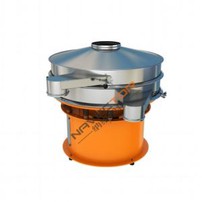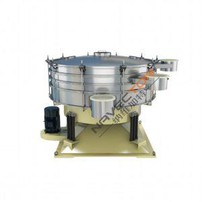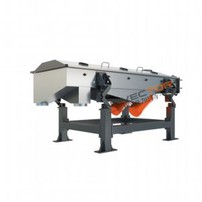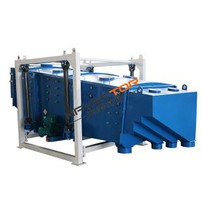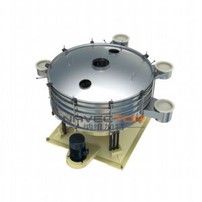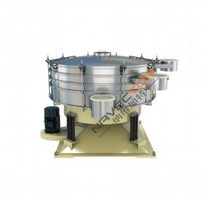Sieving Application In The Food Industry
Swing screens rely on high-frequency vibration to achieve material screening and particle classification. Therefore, swing screens are used in many fields such as chemical industry, feed, fertilizer, and food. As the so-called "people take food as the sky", let's take a look at the application of swing sieve in the food industry.
Food safety has always been a matter of great concern to people in recent years. To ensure food safety, we must start with food ingredients. Shanghai Navidegat has strict food-grade requirements for food material screening machines. The materials in contact all meet food-grade requirements, and ensure good sealing performance, fully enclosed dust does not fly, high screening efficiency and high precision. Easy to disassemble, easy to clean, no hygienic dead corner, meet the requirements of food grade GMP specifications, the discharge opening can be adjusted 360 degrees at will. It is convenient and easy to connect with the site. Specially designed multiple screen cleaning devices make the screen high penetration rate, fast discharge, high output, new grid structure, long screen life, no deformation of the mesh, and screen change. It only takes 3-5 minutes, no dead corners, easy to clean and disinfect thoroughly, low energy consumption, fast startup, low noise, no foundation installation, and can be placed in any desired position.
In addition, in order to ensure the sieving efficiency of food materials, there are also special methods for cleaning the screen, including clean ball cleaning net, rotary brush cleaning net and ultrasonic cleaning net.
1. Clean ball cleaning net: Use food-grade rubber and silicone balls to bounce on the punching plate under the screen, and bounce the screen to reduce mesh blockage, suitable for most granular materials.
2. Rotary brush cleaning: The rotary brush is driven by the reduction gear. The rotary brush is rotated below the screen to clean the material. It is suitable for the screening of spherical, crystalline and brittle materials.
3. Ultrasonic screen cleaning: High-frequency ultrasonic waves are transmitted to the screen, which not only cleans the screen but also significantly increases the production capacity, and is suitable for most fine, large-volume, difficult-to-screen materials.

